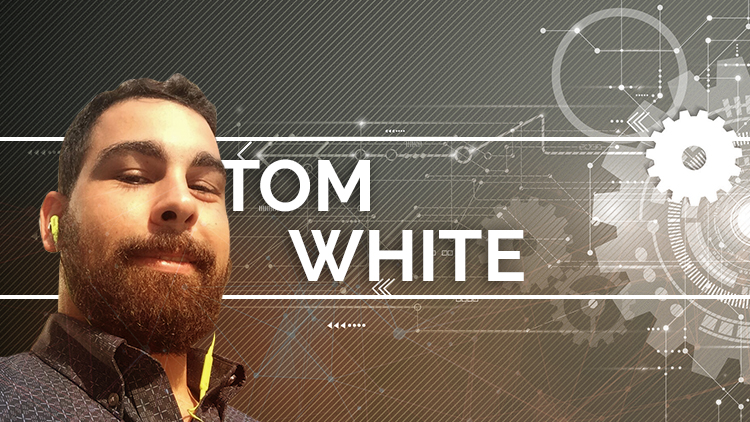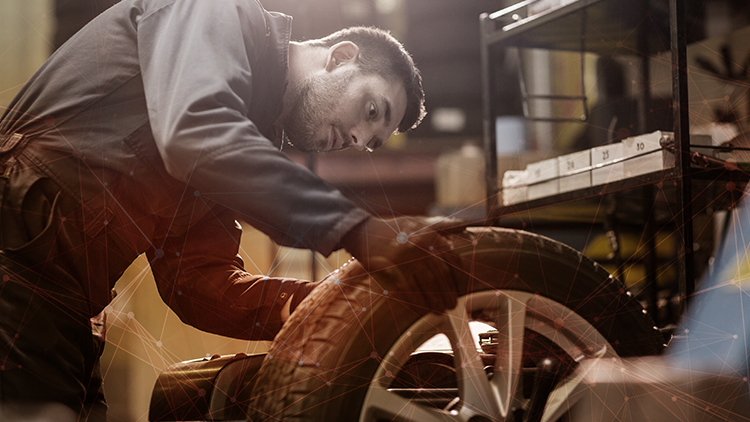At this stage in the game, no one really knows how the Covid-19 outbreak will play out. But we may be able to learn a few things from a tragedy that occurred in March 2011. Nine years ago, a 9.1 magnitude earthquake off the coast of Tōhoku, Japan caused a chain reaction of catastrophic events. A tsunami which generated up to 40 metre waves travelling at 700 km/hour caused meltdowns at three nuclear reactors, and ultimately claimed over 15,000 lives. As a result, all manufacturing ground to a halt, including of course automotive.
The impact of Toyota, Honda and Nissan’s months-long Japanese factory closures was felt around the world. Canada was not immune. Unable to get key components from Japan, Ontario-based assembly plants could not produce any of the best-selling Honda Civics or Toyota CRVs. It has been estimated that the Canadian economy lost 0.5% in GDP in Q2 2011 as a direct result of the Japanese earthquake and tsunami.
It was not only Japanese auto makers that were hit. At the time nearly 80% of Original Equipment Suppliers Association indicated that some of the components of their product was made in Japan. For example, a GM plant in Shreveport, Louisiana, temporarily shut down production due to a lack of key electronic components. Global production of light vehicles fell by over 3 million in 2011.
For the North American collision repair industry, the reduction in the parts supply on some models caused repair delays and drove up prices of parts. This in turn caused some borderline repairables to become total losses.
Something as simple as the colour of the vehicle impacted cycle time. Used by multiple OEMs, a popular paint colour pigment—Xiralic—was only manufactured in one Japanese facility, which was briefly shut down due to the Tsunami. So any Ford owner with Tuxedo Black paint might have to wait a while to have their vehicle refinished.
Fast forward to 2020.
First the good news, if there can be such a thing during a tragic crisis such as this.
There have been a number of changes to the vehicle assembly process and supply chain over the past decade, some of which have been a direct result of lessons learned from the Tōhoku earthquake.
- Just in time (JIT) delivery, while still a key factor in minimizing inventory costs and maximizing efficiency is not used for all critical auto components. For example Merck, the manufacturer of Xirallic, now has a significant stockpile of the pigment in inventory.
- Vehicle platform standardization, whereby multiple models are built using the same core chassis, drivetrain, steering and suspension. While this may seem like putting more eggs in the same basket, it allows the OEMs to streamline the supply chain. After all, there are about 30,000 individual components—from bolts to bumper covers—in a typical car or light truck.
- Related to the above, alternative manufacturing facilities are also more prevalent. Continuing with the Xirallic example, Merck has added a second production facility in Germany, to provide geographic diversity.
Now the bad news.
- Too much of the supply chain relies on JIT, and buffer inventories are usually measured in days, not weeks.
- Backup suppliers are often in the same country. The thought was to have an alternative supplier far enough away that they would not be impacted by an earthquake or a tsunami, not a pandemic affecting large portions of a country.
Obviously, the Tahoka earthquake impacted regional manufacturing but had global impact. And there are some eerie parallels to the Chinese manufacturing stoppages and slowdowns that have occurred due to the Covid-19 coronavirus outbreak.
China exports at least $USD 20 billion of automotive parts and components to North America. Approximately 80% of the world’s light vehicles have some Chinese components. Many OEMs, including Ford, FCA and John Deere are expediting parts shipments to North America—and air freight shipping fees from China have doubled in the past month. Jaguar Land Rover representatives actually took parts out of China in suitcases.
Already, there have been manufacturing stoppages due to lack of components in South Korea, Japan and parts of Europe. This will at some point impact new car availability in Canada. The ability of dealerships and body shops to access OEM and/or aftermarket parts for collision repair work will not be far behind.
WHAT CAN BE DONE
In order to improve throughput, collision repairers will want to utilize recycled parts when possible. Solera’s APU parts solution provides fast and easy real-time parts supplier access from within the estimating software. APU helps alleviate the pricing pressure that insurers may experience on their part spend. For more information, please contact your Account Manager or visit http://www.apusolutions.com/
For those insureds with new car replacement policies, higher than expected replacement vehicles may temporarily become the new norm, until the manufacturing supply chain gets back into full gear. Audatex’ Vehicle Replacement Service (VRS) quickly and efficiently sources the current equivalent vehicles, taking this burden off the adjuster. More information can be found at https://www.audatex.ca/solution/vehicle-replacement-service/
It is unclear what are the downstream affects of the tragic Covid-19 outbreak. But one thing is for sure: the automotive supply chain’s dependence on a vast network of players around the globe ensures that any slowdown in parts and component manufacturing will ultimately have a huge impact on the Canadian collision repair process.







